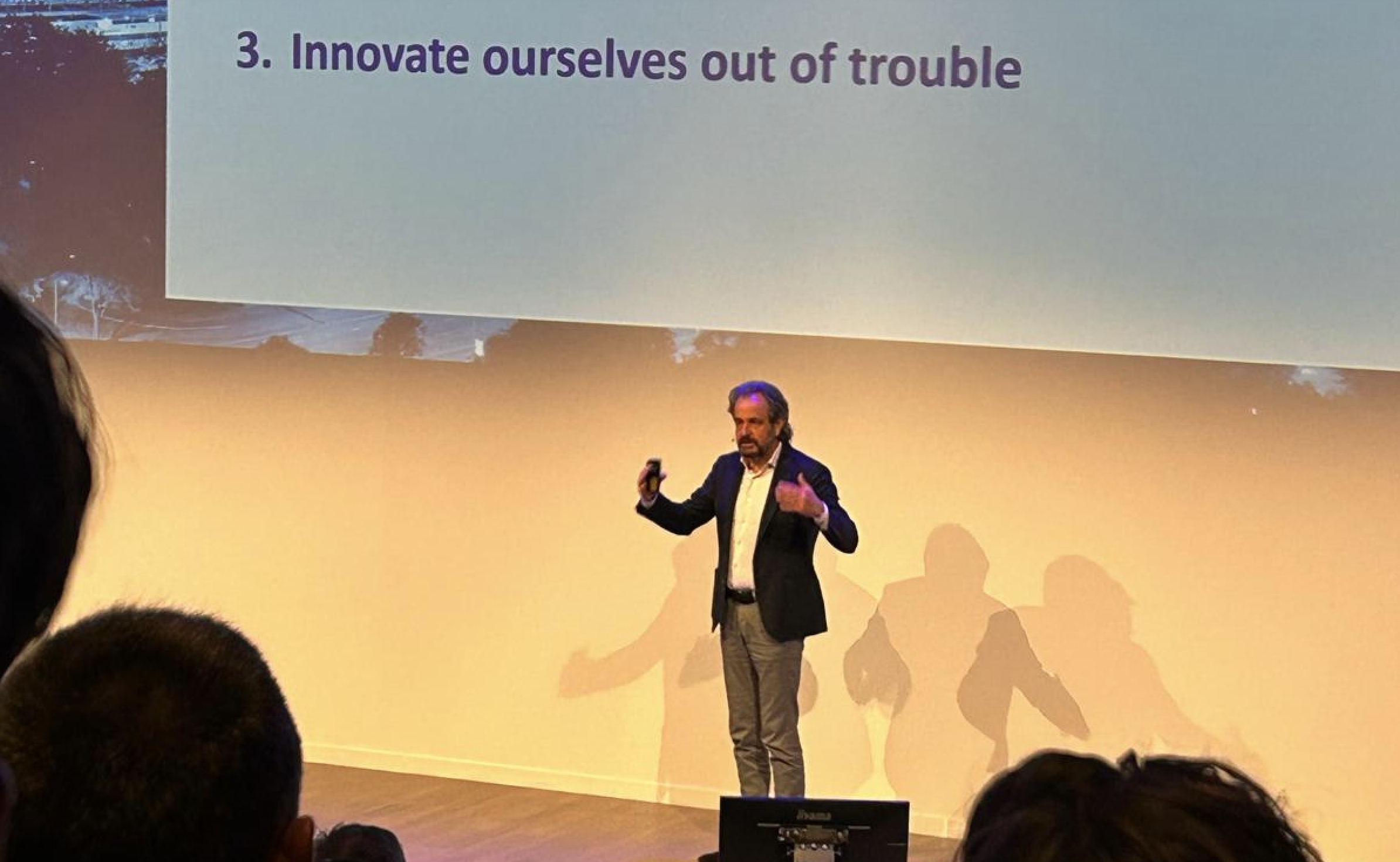
In response to the escalating challenge of distinguishing real from AI-generated content, Google’s artificial intelligence firm, DeepMind, is testing a novel digital watermark known as SynthID. Invisible to the human eye but detectable by computers, SynthID subtly alters image pixels to identify AI-generated images, forming a robust shield against disinformation. Despite the system’s vulnerability to extreme image manipulation, its development marks a significant stride in the fight against deepfakes. This move comes after Google and other tech giants pledged to implement watermarks for AI safety. However, the success of this initiative hinges on the collective action of businesses for standardised implementation.
- Google’s DeepMind has developed SynthID, an imperceptible digital watermark that can identify AI-generated images and combat deepfakes.
- SynthID will be tested by Google Cloud customers and could potentially become an internet-wide standard for verifying authenticity across media types.
- While SynthID marks progress, its success depends on coordinated implementation across businesses.
The Rising Challenge of AI-Generated Content
AI-generated content, or ‘deepfakes’, have become increasingly prevalent in recent years. Ranging from images and videos to music and text, these realistic yet false creations pose a significant challenge to our ability to distinguish real from fake. Not only can they deceive and manipulate viewers, but they also raise legal and ethical concerns about copyright, ownership, and control of an artist’s likeness and voice. This issue is further complicated by the advancement and widespread access to AI technology, making it possible for almost anyone to create convincing deepfakes.
Deepfakes are not always malicious, and can even serve entertainment or helpful purposes, such as restoring the voices of individuals who have lost them. However, they also have the potential for misuse, including the spread of misinformation, influence on public opinion, and scams. One such example is the recent scam involving Frank Ocean fans, who were tricked into buying fake AI-generated songs for thousands of dollars.
The imperceptible shield: SynthID
Developed by Google’s AI division DeepMind, SynthID is a digital watermark designed to combat the growing threat of deepfakes. It works by embedding subtle changes into individual pixels in images, creating a watermark that is invisible to the human eye but detectable by computers. This watermark remains robust even after transformations like cropping or resizing, making it a formidable tool in the fight against AI-generated fake images.
Initially, SynthID will be available to Google Cloud customers using the Vertex AI platform as part of a beta test. However, Google aims to eventually make SynthID an internet-wide standard, potentially expanding its use to other media like video and text. The development of SynthID forms part of a broader effort by companies such as Google, Meta, and OpenAI to enhance protections and safety systems for AI-generated content.
Staying ahead of the game
Despite its potential, Google acknowledges that the launch of SynthID will trigger an ongoing arms race between developers and hackers. Just like antivirus software, SynthID will require constant updates and improvements to stay ahead of new types of attacks and transformations. However, the team behind SynthID is ready to face these challenges and is currently focusing on proving the foundational technology of SynthID before considering scaling and engaging in civil society debates.

While SynthID was developed primarily to address the issue of deepfakes, it also caters to more common AI detection needs in various domains. For instance, it can help verify the originality of images used in ad copy creation or prevent mix-ups between product photos and AI-generated images in retail catalogues.
Collective action for AI safety
Although Google’s experimental launch of SynthID is an important step towards combating deepfakes, its success will largely depend on collective action. Claire Leibowicz from Partnership on AI emphasises the need for standardisation and coordination among businesses in implementing watermarks. Such a unified approach would not only help monitor the impact of different methods, but also improve reporting on their effectiveness in distinguishing between real and AI-generated content.
Other tech giants, including Microsoft, Amazon, and Meta, have also pledged to watermark AI-generated content. Some countries, like China, have already taken a stricter approach, banning AI-generated images without watermarks. As the world becomes more synthetic due to advancements in AI technology, initiatives like SynthID will play an increasingly crucial role in ensuring the veracity of digital content.








